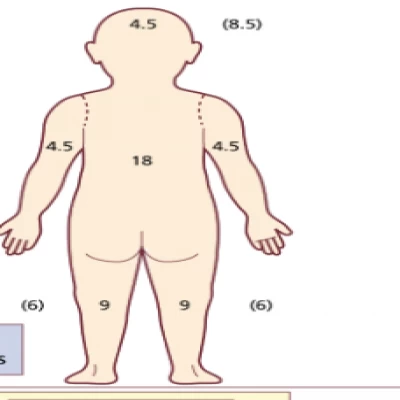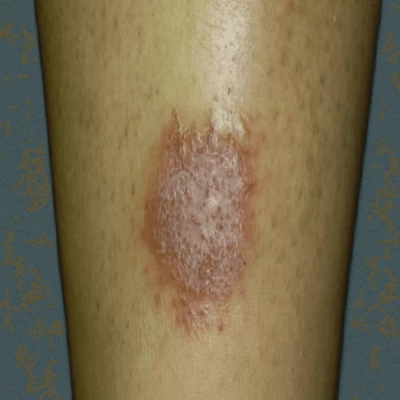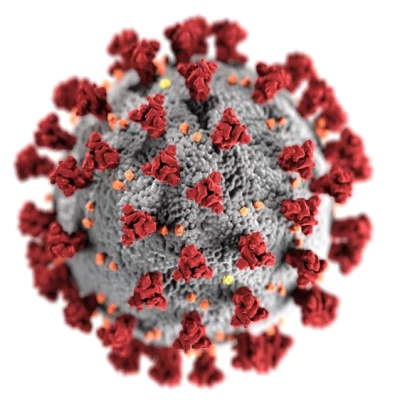مجلات علمية

The Hong Kong influenza was a pandemic that affected the world from 13 July 1968 in British Hong Kong, killing about 3million people around the world.
Causes of Hong Kong influenza
● It's a pandemic (disease spreads rapidly across a country or the world), it is an infectious disease and seasonal flu mainly affects the respiratory system.
● Caused by novel influenza A subtypes viruses which belong to the RNA, orthomyxoviridia family.
● Hong Kong influenza was highly contiguous as it spread fast, starting from Southeast Asia to the world including Australia, Africa, Europe, and South America.
● It was caused by an H3N2 strain of the influenza virus.
● It was the first known outbreak of the H3N2 strain.
● But in the late 19th century there was evidence of H3N1 infections serologically.
● H3N2 was descended from the strain H2N2 which affected the world 1957 - 1958 and caused Asian flu, sharing it in internal genes and neuraminidase, and becoming established as predominant circulating influenza A-Type.
● 1918(Spanish influenza caused by H1N1AND and transmitted from birds to humans ) ➡ then occurred mutation to virus and in 1957(Asian influenza caused by H2N2 viruses which formed from reassortment between H2N2 avian virus and H2N2 human virus) ➡ after this in 1968 occurred Hong Kong influenza which caused by H3N2 virus which formed due to reassortment of H3 avian virus and H2N2 human virus).
● Occurred antigens shift and genetic process as genes of different subtypes were reassorted and formed the new one.
● Queen Mary hospitAl isolated the virus.
● The strain H2N2 and H3N2 contain genes from avian influenza viruses.
● It reached us through troops then in October 1968 returning to California from Vietnam.
Virus formation
● The H3N2 subtype has two types of proteins on its surface.
● Proteins called hemagglutinin and neuraminidase were formed because of an antigenic shift or gene reassortment of different strains.
● Viruses had genes from birds, human and pig influenza Astral.
Outbreaks and origin
● The first appearance of Hong Kong influenza was recorded on 13 July 1968 in British Hong kong.
● There was unconfirmed information that told us the actual outbreak started in mainland China before spreading to Hong Kong.
● The population density in Hong Kong was more than 6000 people /km; this helped in the spreading of the virus, and the outbreak lasted about six weeks.
● The affected population was about 500.000 people (about 15%).
● According to other types of flu it is considered to be mild as Spanish influenza killed about 50 million around the world.
● Clinical signs were mild.
● The death rate was low, was below.5 making it a category 2 disease in the pandemic severity index as the people had some immunity against the N2 flu virus due to exposure to Asian flu strains in 1957.
● In China, there were two waves of influenza mainly in mainland China, One of them was between July to September in 1968, The other one was between June and December in 1970.
● Affected many areas of China.
● It killed about 30.000 deaths in the UK half of them under 65 years old.
● In other areas as Vietnam and Singapore, the Hong Kong influenza was reported.
● It killed about one to four million around the world, as reported by the World Health Organization and Encyclopaedia Britannica.
● It was reported as corners were stored in Berlin underground tunnels and bin men were recruited to bury bodies due to undertaker shortages across West Germany.
Transmission of Hong Kong influenza
● The virus spread from human to human in the population.
● It is transmitted through the air by coughs or sneezes in mammals and creates aerosols containing viruses.
● Healthy people can be affected by direct methods from aerosols or indirectly by touching eyes, nose, or mouth.
● The influenza virus possesses a viral surface protein which is called hemagglutinin HA which affects people who suffer from a lack of immunity.
● Also said Hong Kong influenza can be transmitted by gastrointestinal, blood route and sexual as a person may be affected by contaminated food, transfusion of affected blood, or sexual contact with the affected person.
● it was a fetal when it affected pregnant women.
● The main intermediate hosts were swine and other species of birds.
Symptoms of Hong Kong influenza :
● Like other types of influenza it lasted for four or six days but in some cases may be more than two weeks.
● The first peak was in winter during the school holidays.
● Signs were common as cold so people disregarded it until it became worse.
● Signs started with a runny nose, congestion of the upper respiratory system.
● Headache in front of the head and eyes caused discomfort in the eye.
● On the second day, there was a fever.
● After that virus invaded the bloodstream it affected the respiratory system. Invasion of the virus to muscle, causing an inability to move muscles.
● Severe muscle pain is caused due to the Affected upper tract of the lung and causes a non-productive, dry cough with white sputum and a sore throat.
● May cause diarrhea, vomiting, and nausea, loss of appetite, and feel weak.
● In general, there was fatigue and Weakness.
● It caused severe complications as
1- Renal failure.
2- Increase liver enzymes.
3- Pneumonia.
4- gastrointestinal manifestations.
5- asthma.
6- chronic obstructive pulmonary disease( COPD ).
7- fetal developmental problems during pregnancy.
The immune system against Influenza virus :
● First, body temperature increases trying to kill the virus.
● Due to increased temperature episodes of shaking chills appear.
● Relief doesn't come quickly and symptoms remain for 72 hours
● You need about 3:5 days to feel well.
Treatment :
● Rest in bed to relieve symptoms.
● Aspirin and paracetamol may relieve them.
● Sufficient amounts of warm fluids are good.
● Some doctors give antiviral drugs as oseltamivir or zanamivir.
Vaccination :
● The vaccine was developed rapidly due to its peak in school holidays.
● The vaccine wasn't widely available.
● Flu vaccines are based on predicting which mutants of H1N1, H3N2, H1N1AND influenza B proliferate every season.
● Past vaccines of influenza didn't contain H3N2 strain so the vaccination with last year's seasonal vaccine wouldn't be expected to protect H3N2 Perth-like strain.






